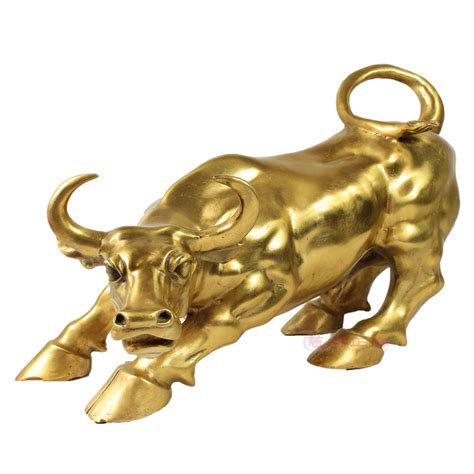The Charging Bull bronze sculpture, a striking symbol of financial prowess and resilience, stands as a masterful creation in the realm of modern art. Erected in New York City’s Financial District, this iconic piece by artist Arturo Di Modica has captivated audiences since its installation in 1989. Beyond its artistic brilliance, the Charging Bull embodies a potent symbol of economic strength and boldness. This article delves into the rich historical background of the sculpture, explores its public reception and symbolic significance, examines its artistic elements, and discusses its impact on modern art, as well as the controversies and challenges it has faced.
Come explore this topic with gamesfats.com for a deeper understanding.
1. Historical Background and Creation
The Charging Bull bronze sculpture was created by Italian artist Arturo Di Modica and installed in New York City in 1989. The piece was conceived as a symbol of financial optimism and resilience, crafted in response to the stock market crash of 1987. Di Modica, a sculptor known for his dynamic and expressive work, funded the creation of the bull himself, investing nearly $350,000 into the project. The sculpture, which weighs over 7,000 pounds and stands 11 feet tall, was originally meant to be a gift to the people of New York City.
The Charging Bull was clandestinely placed on Wall Street in front of the New York Stock Exchange overnight, catching the public and authorities by surprise. Its immediate popularity led to its permanent installation, despite initial resistance from city officials. The bull’s powerful stance and fierce expression captured the public’s imagination, quickly becoming a symbol of the bullish market and American entrepreneurial spirit. Today, it remains a celebrated fixture and a testament to Di Modica’s vision and the resilience of the financial sector.

2. Installation and Public Reception
The Charging Bull was installed in a dramatic and unconventional manner. On December 15, 1989, Arturo Di Modica, along with a team of collaborators, secretly placed the sculpture on Wall Street, directly in front of the New York Stock Exchange. The overnight installation caught the city and its authorities by surprise. The bull, weighing over 7,000 pounds, was delivered on a flatbed truck and positioned in a striking display of defiance and strength.
Initially, city officials were unaware of the sculpture’s arrival and faced challenges regarding its legality and placement. Despite the controversy, the Charging Bull quickly won over the public with its compelling representation of financial vigor and confidence. The piece was embraced as a symbol of the bullish market and became an instant hit among both locals and tourists.
Its popularity led to the city’s decision to permanently install the Charging Bull at Bowling Green Park, just a block away from its original location. Over the years, the sculpture has become an iconic landmark and a popular photo opportunity, symbolizing economic resilience and the enduring spirit of Wall Street. Its robust reception underscores its role as a cultural and artistic landmark, continuing to draw admiration and awe.
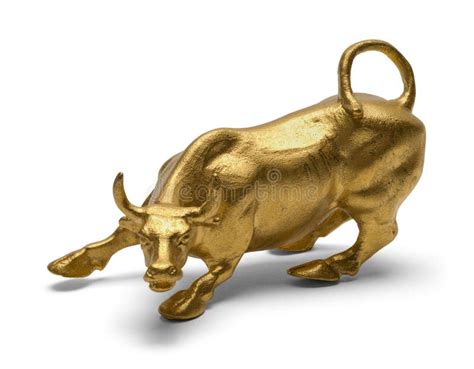
3. Symbolic Significance
The Charging Bull sculpture embodies a powerful symbol of financial strength and market resilience. Created during a period of economic uncertainty following the 1987 stock market crash, the bull represents the spirit of recovery and optimism. Its aggressive stance and muscular form convey confidence and assertiveness, resonating deeply with the financial community and the public at large.
The bull’s symbolism extends beyond mere economic indicators; it also reflects broader themes of courage and determination. Positioned prominently in the Financial District, the sculpture acts as a beacon of hope and a reminder of the potential for growth and prosperity despite adversity. Its presence on Wall Street reinforces the idea of bullish markets—characterized by rising stock prices and investor confidence—contrasting with bearish markets marked by downturns.
Additionally, the Charging Bull has come to symbolize the entrepreneurial spirit and American economic resilience. It serves as a testament to the ability of individuals and businesses to overcome challenges and thrive. This powerful imagery continues to inspire and attract visitors, making the Charging Bull not just an art piece but a cultural icon representing
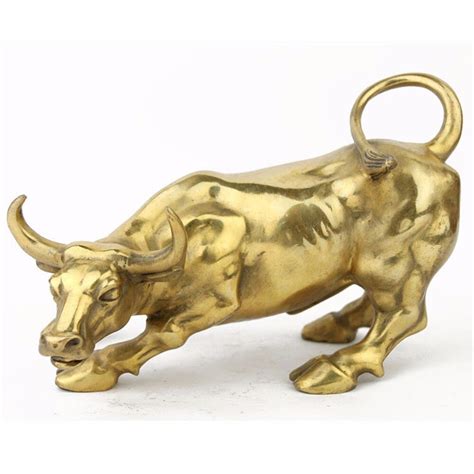
4. Artistic Elements and Craftsmanship
The Charging Bull sculpture is a masterful example of artistic craftsmanship, showcasing Arturo Di Modica’s skillful approach to bronze sculpture. Standing 11 feet tall and weighing over 7,000 pounds, the bull is sculpted with a dynamic and robust form, emphasizing its muscularity and power. The artist meticulously crafted every detail, from the intricately defined muscles to the fierce expression on the bull’s face, capturing a sense of motion and energy.
Di Modica’s choice of bronze as the medium enhances the sculpture’s durability and impact. The material allows for a rich texture and surface detail, which highlights the bull’s aggressive stance and commanding presence. The patina of the bronze adds depth and character, with the sculpture’s surface showing signs of wear and interaction from countless visitors who touch it for luck.
The Charging Bull’s design is not only a technical achievement but also a visual statement. Its forward-leaning posture and lowered head suggest charge and strength, while its detailed texture and realistic rendering convey a sense of vitality and realism. This combination of artistic vision and technical skill ensures that the Charging Bull remains a striking and enduring symbol in th
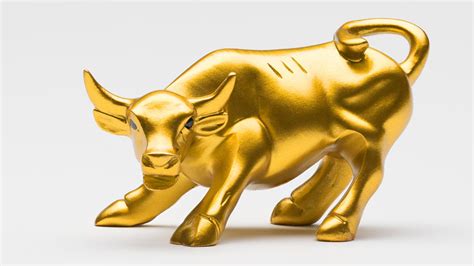
5. Impact on Modern Art
The Charging Bull has had a significant impact on modern art, establishing itself as a cultural icon and a benchmark for contemporary public sculptures. Its bold presence and powerful symbolism have inspired other artists and sculptors to explore themes of resilience and strength in their work. The sculpture’s success has also highlighted the role of public art in urban environments, demonstrating how art can engage and resonate with a wide audience.
Additionally, the Charging Bull has influenced how modern art interacts with public spaces, reinforcing the idea that art can serve as both a commentary and a landmark. Its popularity has led to its replication in various forms and locations, further solidifying its status in the art world. The sculpture’s integration into the financial district as a symbol of economic vitality underscores its impact on how public art can embody and influence cultural and societal values, making it a pivotal piece in the landscape of modern art.

6. Controversies and Challenges
The Charging Bull sculpture has not been without its controversies and challenges. Initially, the sculpture’s placement was met with resistance from city officials. Di Modica’s unauthorized installation on Wall Street led to a legal dispute over its location and permanence. The city argued that the bull was an unapproved installation on public property, leading to its temporary removal. However, public outcry and widespread admiration for the piece led to its reinstatement in Bowling Green Park, just a block away from its original site.
The Charging Bull has also faced challenges related to its symbolism and cultural implications. Some critics argue that the sculpture’s aggressive imagery perpetuates a narrow view of financial markets, emphasizing raw power over more nuanced economic realities. Additionally, the bull has become a target for political protests and social commentary. Activists have used the site to draw attention to issues such as economic inequality and corporate greed, sometimes altering or defacing the sculpture to make their points.
Despite these controversies, the Charging Bull remains a significant and influential piece of public art. Its challenges have only contributed to its enduring relevance and the ongoing dialogue about art’s role in public spaces and societal issues.
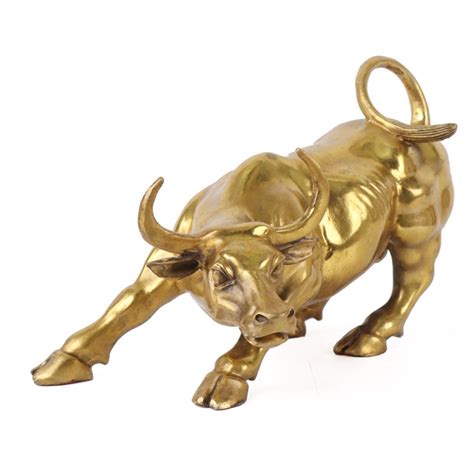
7. Current Status and Future Prospects
The Charging Bull continues to hold a prominent place in New York City’s Financial District, where it remains a popular landmark and a symbol of economic strength. Positioned in Bowling Green Park, the sculpture attracts millions of visitors annually, who come to photograph and touch the bull for good luck. Its enduring popularity underscores its significance as both an art piece and a cultural icon.
Looking to the future, the Charging Bull’s status as a public art fixture seems secure, though its presence will likely continue to spark discussions and debates. The sculpture’s role as a symbol of financial resilience will persist, even as it faces evolving interpretations and challenges. Future conservation efforts will be essential to maintain its physical condition, as the sculpture endures weathering and the impact of constant public interaction.
The Charging Bull’s legacy as a transformative work of art is expected to grow, influencing new generations and continuing to inspire dialogue about the intersection of art, finance, and public space. Its future prospects include potential enhancements to its environment and ongoing engagement with contemporary social and economic themes.
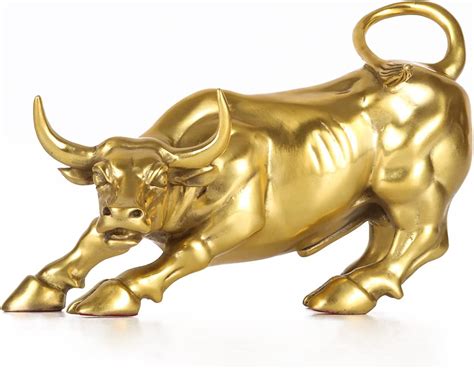
The Charging Bull bronze sculpture stands as a powerful testament to modern art’s ability to encapsulate economic symbolism and public sentiment. From its bold creation by Arturo Di Modica to its current status as a beloved landmark, the bull continues to captivate and inspire. Despite facing controversies and challenges, its impact on both art and culture remains profound. As it endures in New York City’s Financial District, the Charging Bull will likely continue to symbolize resilience and strength for years to come.
gamesfats.com
